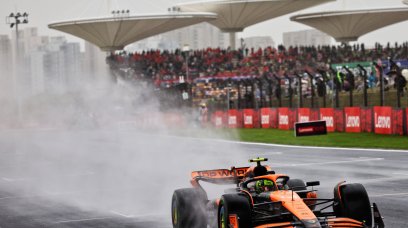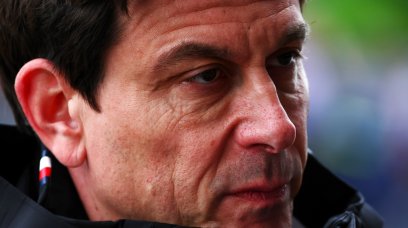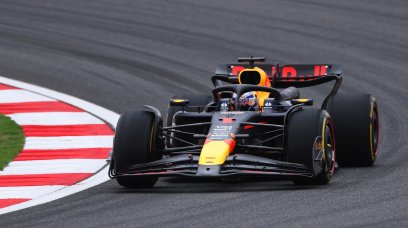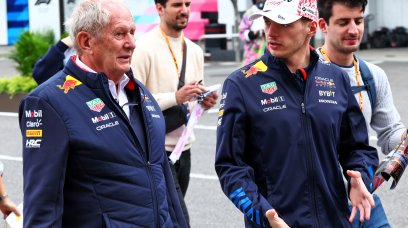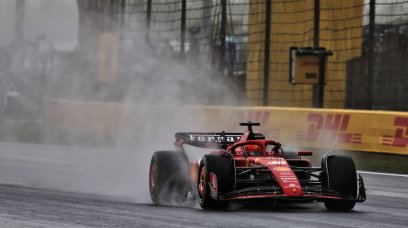Mercedes have explained why attempts to improve their qualifying performance could result in them struggling more on race day. The team seemed to have a difficult start to the Canadian Grand Prix weekend, and then had mixed fortunes in qualifying. Lewis Hamilton put his W13 in fourth, while George Russell took a late gamble on slick tyres that did not pay off in the mixed conditions, leaving him further back in P8. However, the race proved to be a better day for the Silver Arrows, with Hamilton claiming his first podium since the season-opening race in Bahrain. Russell finished close behind in fourth.
Why was the race better than qualifying?
In a race debrief video released by the team after Montreal, Technical Director Mike Elliott responded to a question about why the their race performance seemed much better than on qualifying day. "I think it is fair to say that you are always trading between qualifying and race performance," Elliott explained. "And if you look at what's important, then generally race performance wins. "You can see if you look at some of the cars we are competing against, some of the cars that beat us in qualifying this weekend, you will see that their race pace was poorer, and I think that is just the trade you make, rather than something that there is to underlyingly fix."
The risk of working on qualifying performance
As such, Elliott admits that the downside of trying to improve qualifying performance is that it could sacrifice gains on race day. "We know we can probably take steps to improve the qualifying performance, but we will probably hurt the race performance as a result of that," he added. "And we think we've got our balance roughly in the right place for the car we've got at the moment."
Russell's gamble explained
As for Russell's decision to gamble on slicks in Q3, Elliott says that it was the driver's choice, rather than the team's. Even though it didn't work out, Mercedes still enjoyed taking the risk. "To be honest, it was George's call," Elliott continued. "George had been saying all the way through qualifying that the track was going to move progressively towards slicks and, while we thought that was really surprising early on, you could start to see a dry line emerging, particularly in Sector 2 and Sector 3. "Normally in these situations, it's the driver that you ask, because the driver has got a feel for the car. That was George’s opportunity to potentially compete for pole position. "While the risk didn't pay off, it was still a nice thing to do, it's still part of motor racing and actually we really enjoyed that."
Most read

